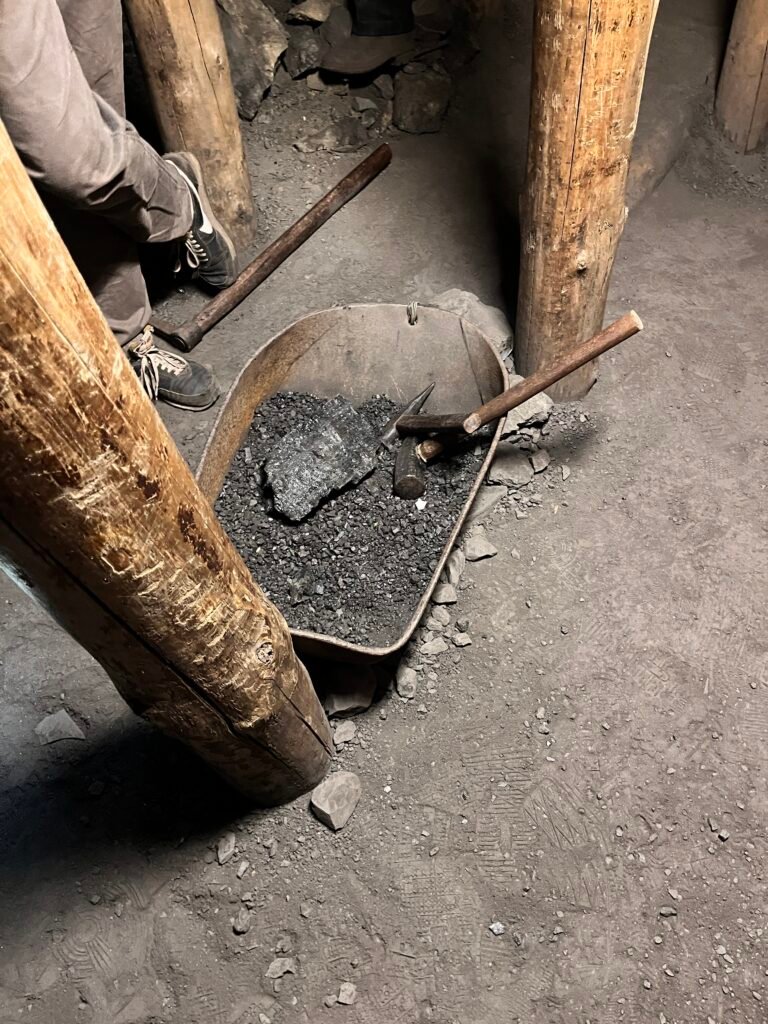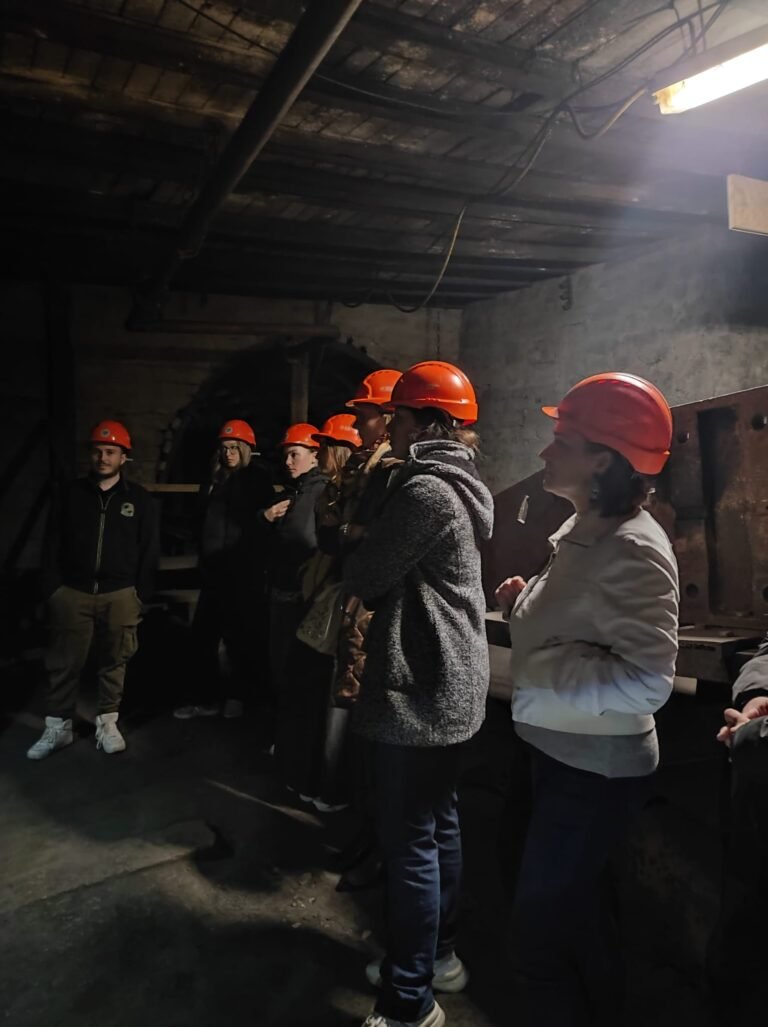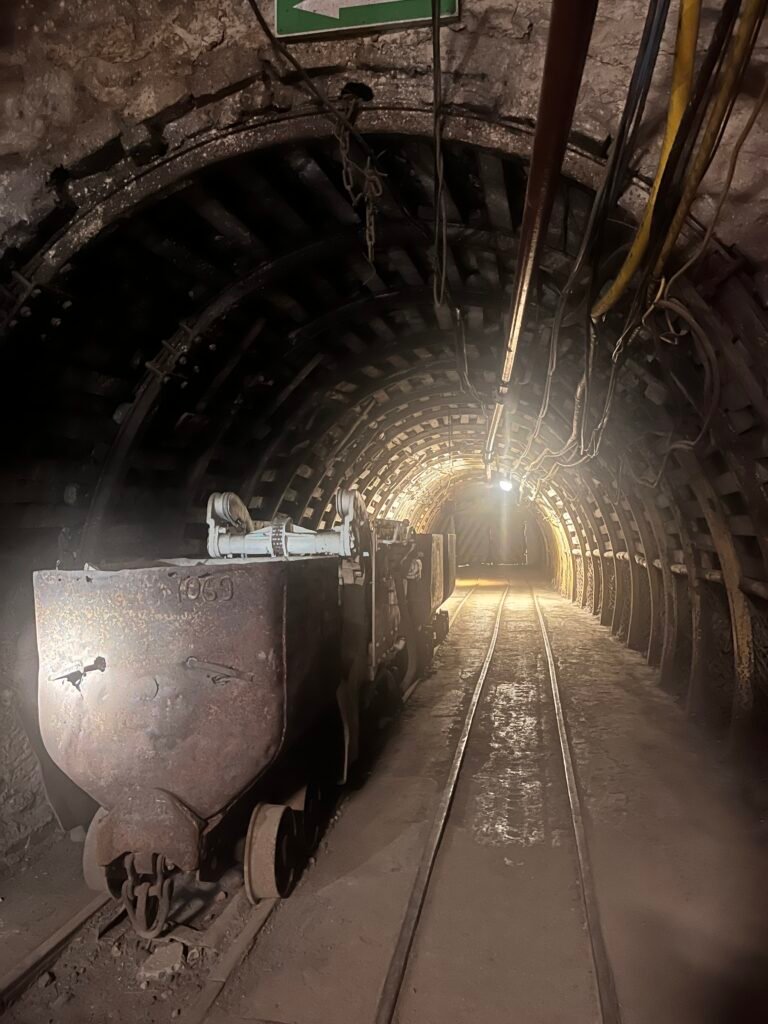A Journey to the Depths: Exploring the 320-Meter-Deep Guido Coal Mine and Envisioning a Near Carbon Zero Future
In our pursuit of sustainable development and a carbon-neutral future, we often overlook the deep historical significance and environmental impact of industries like coal mining. Recently, we had the opportunity to visit the Guido Coal Mine in Zabrze, Poland—a site that offers a profound look into our industrial past and invites us to reflect on the challenges and opportunities ahead as we work toward a sustainable future.
The Legacy of Coal Mining
Coal mining has long been a cornerstone of industrial development, fueling economies, providing energy, and shaping the landscapes of entire regions. In Poland, coal remains a significant part of the energy mix, yet the country’s reliance on coal has also led to environmental concerns, contributing to carbon emissions and climate change.
During our visit to the Guido Coal Mine, we explored its labyrinthine tunnels and learned about the grueling work of miners who once toiled in harsh conditions to extract the coal that powered much of Europe. Standing deep within the mine, it was impossible not to feel a sense of awe at the scale of human effort involved. At the same time, the visit highlighted the critical juncture at which we find ourselves: moving away from the heavy carbon footprint of traditional energy sources like coal while ensuring a just transition for the communities built around them.
Transitioning to a Near Carbon Zero Future
As we reflect on the role of coal mines in shaping the world we live in, it’s clear that the future lies in reducing carbon emissions and embracing cleaner energy sources. The European Green Deal sets ambitious targets for carbon neutrality by 2050, and this will require a profound transformation in how we generate and consume energy. Visiting a coal mine like Guido offers a stark reminder of the environmental and social challenges we face in making this transition.
Poland, like many countries, is grappling with the balance between economic growth and environmental sustainability. Coal mines represent more than just energy—they are part of the cultural and economic fabric of regions like Silesia. Therefore, moving toward a near carbon-zero future involves more than technological innovation; it demands careful consideration of the social impact on workers, families, and local communities.
Sustainability in Action: Learning from the Past, Innovating for the Future
The Guido Coal Mine is now more than a relic of the past; it serves as a museum and an educational center that informs visitors about the legacy of coal mining while highlighting the urgent need for sustainable practices in the energy sector. It reminds us that the path to a near carbon-zero future requires bold action, guided by the lessons of history.
During our visit, we had the chance to reflect on how technological advancements—like renewable energy sources, energy storage solutions, and energy efficiency measures—are reshaping the energy landscape. But we also discussed how these advancements must be coupled with sustainable practices across industries, from reducing waste and emissions to developing circular economies that prioritize long-term environmental health.
The Road Ahead
Visiting Guido reinforced my belief that a sustainable future is not only about reducing our carbon footprint but also about reimagining the systems that have sustained us for generations. As we continue to work toward sustainability goals, we must ensure that no one is left behind in the transition to clean energy.
The Guido Coal Mine, once a symbol of industrial progress, now stands as a testament to the need for innovation and responsibility. It is a reminder that the journey to a carbon-neutral future requires not just technological advancements but a deep respect for the workers and communities that built our present, as well as a commitment to creating a fair and inclusive future for all.
Our visit was a powerful experience, shedding light on both the challenges and the opportunities in our pursuit of a sustainable, near carbon-zero world.



